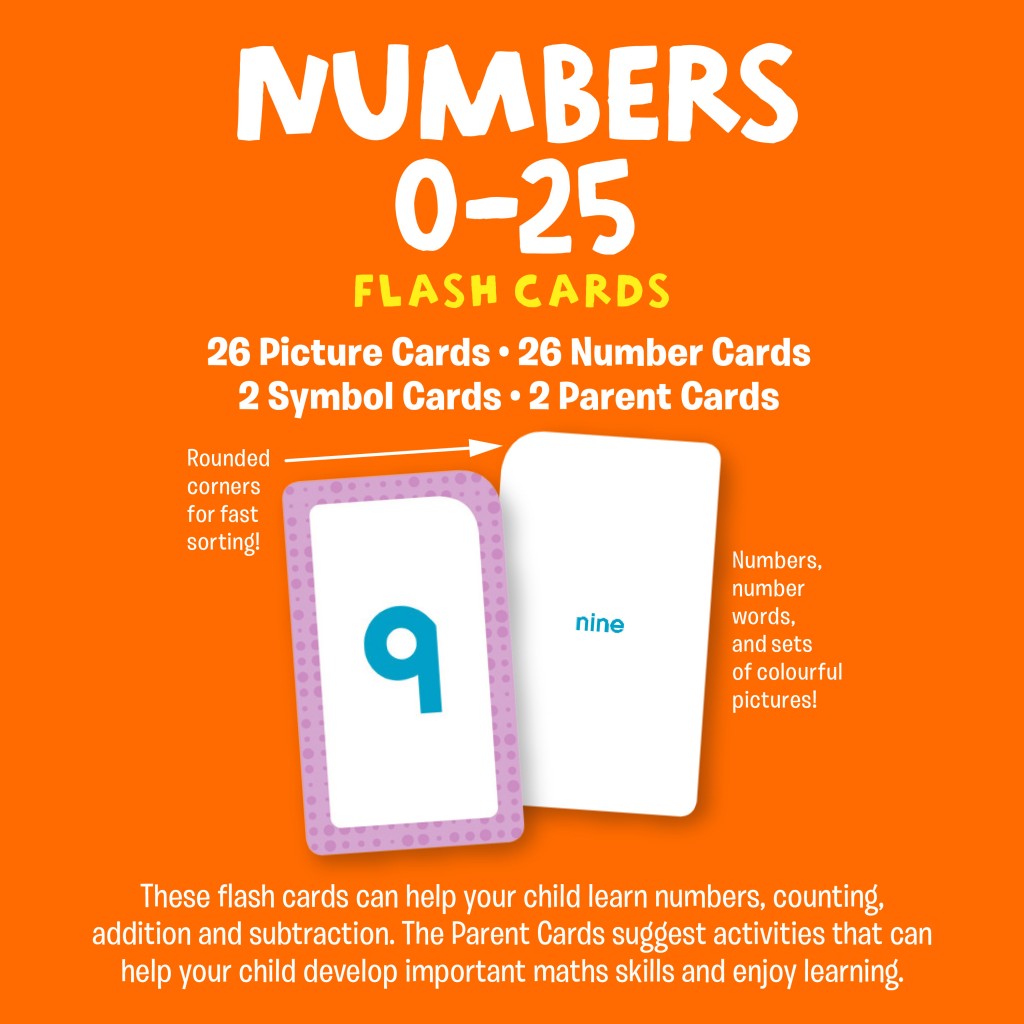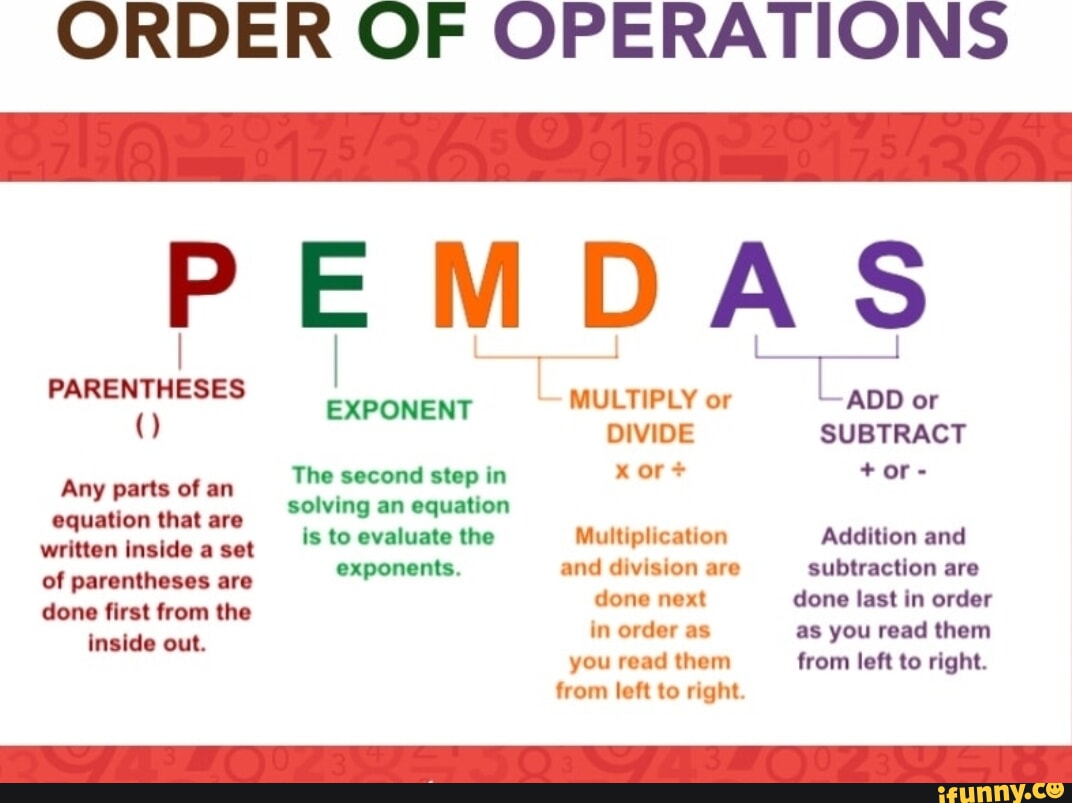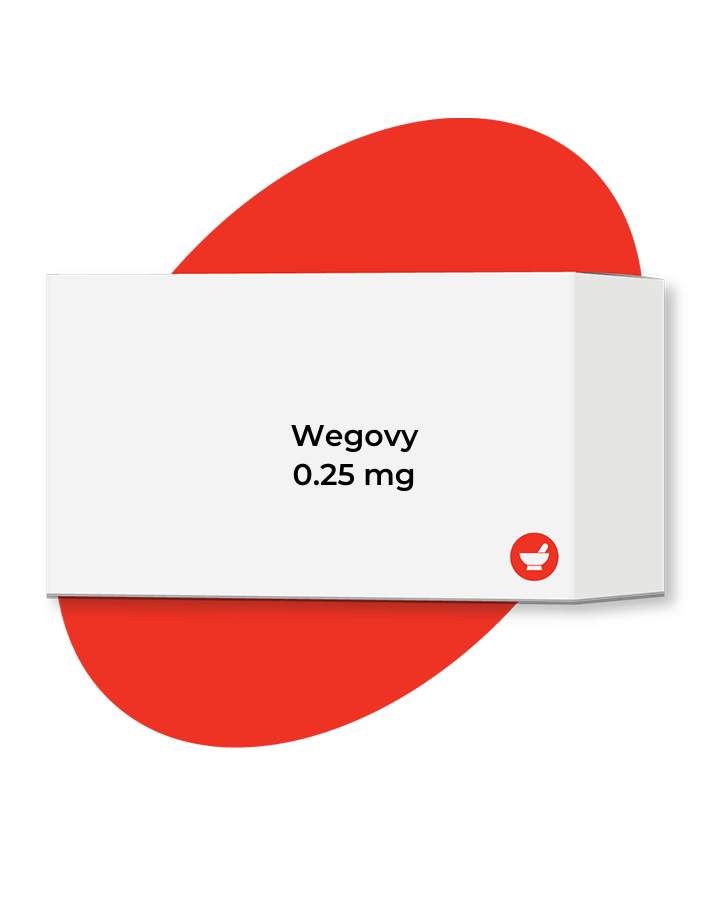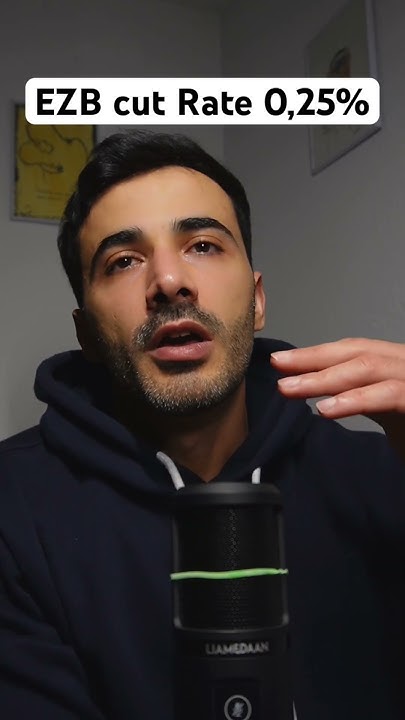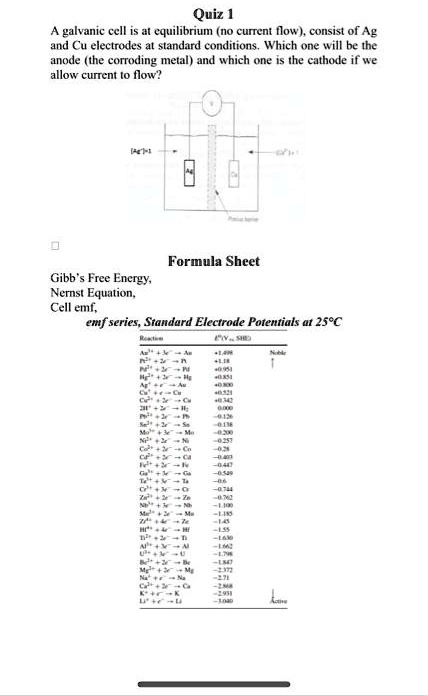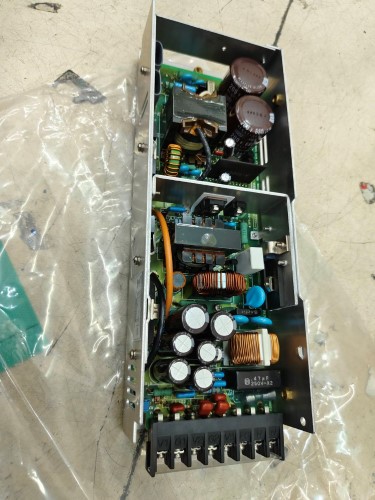Which Is Bigger 0.25 Or 0.5

The aroma of freshly baked cookies filled Mrs. Davison's third-grade classroom as young Timmy and Sarah stood frozen in a debate. A single chocolate chip cookie sat on Timmy's desk, poised to be divided. The question hanging in the air wasn't about sharing, but something far more fundamental: Which piece would be bigger, 0.25 or 0.5?
At the heart of this seemingly simple dilemma lies a foundational concept in mathematics: understanding decimal values. It’s a question that resonates far beyond the classroom, impacting everyday decisions from splitting a bill to understanding interest rates.
Understanding that 0.5 is larger than 0.25 is critical. This fundamental concept is the building block for grasping percentages, fractions, and more complex mathematical concepts.
The Foundation: What Do Decimals Represent?
Decimals are essentially fractions with a denominator that is a power of ten. In simpler terms, they help us represent numbers that are smaller than one whole unit.
Think of a dollar. If you divide that dollar into 10 equal parts, each part is worth 0.1 (ten cents). Divide it into 100 equal parts, and each part is worth 0.01 (one cent).
This understanding is crucial for grasping the difference between 0.25 and 0.5.
Breaking Down 0.25 and 0.5
Let's unpack what these numbers truly mean. 0.25 represents twenty-five hundredths, or 25/100.
This is the same as one quarter (1/4) of a whole. On the other hand, 0.5 represents five tenths, or 5/10.
This is equivalent to one half (1/2) of a whole. So, the question then becomes, which is larger: one quarter or one half?
Visualizing the Difference
Imagine a pizza cut into four equal slices. Each slice represents 0.25 of the pizza.
Now, imagine another identical pizza cut into two equal slices. Each slice represents 0.5 of the pizza.
It becomes clear that a half-pizza slice is significantly larger than a quarter-pizza slice. This visualization is a helpful tool for children and adults alike when grappling with decimal comparisons.
Real-World Applications
The ability to compare decimal values extends far beyond textbook problems. Imagine you're at a store and see a 25% off sale on one item and a 50% off sale on another.
Understanding that 0.5 (50%) is larger than 0.25 (25%) instantly tells you which item offers the greater discount.
Similarly, in finance, understanding interest rates, which are often expressed as decimals, is crucial for making informed decisions about loans and investments.
Why the Confusion? Common Misconceptions
Sometimes, the confusion arises from focusing solely on the digits after the decimal point. The number 25 might seem larger than the number 5.
However, the placement of the digits is what truly matters. 0.25 is less than 0.5 because it represents a smaller fraction of the whole.
Another common misconception is not understanding the role of the zero. 0.5 is equivalent to 0.50. Adding a zero to the right of the last digit after the decimal point doesn’t change the value.
Teaching Strategies and Resources
Many effective teaching strategies help clarify these concepts. Using visual aids like fraction bars, pie charts, and real-world objects can be incredibly beneficial.
Online resources, such as interactive games and tutorials, can also provide engaging learning experiences. Organizations like the National Council of Teachers of Mathematics (NCTM) offer valuable resources and guidance for educators.
Practical exercises, like comparing the weights of different bags of groceries or the lengths of different pieces of string, can further solidify understanding.
The Significance of Early Understanding
Developing a strong foundation in decimal concepts early in life is essential for future academic success. It lays the groundwork for more advanced mathematical topics such as algebra, calculus, and statistics.
Furthermore, numeracy skills are crucial for navigating everyday life. From managing finances to understanding scientific data, the ability to work with numbers is a valuable asset.
As Andreas Schleicher, Director for Education and Skills at the OECD, often emphasizes, "Numeracy is not just about being able to do math in school; it's about being able to use mathematics in the real world."
Beyond the Classroom: Fostering Numeracy at Home
Parents can play a significant role in fostering numeracy skills at home. Involve children in everyday activities that require using numbers, such as measuring ingredients while cooking or calculating the cost of items at the grocery store.
Encourage them to ask questions and explore mathematical concepts in a fun and engaging way. Make math a part of their daily routine.
Reading books that incorporate mathematical concepts can also be a great way to spark their interest and curiosity. There are plenty of excellent books available, such as Sir Cumference series, that bring math to life through storytelling.
Back in Mrs. Davison's Classroom
Back in Mrs. Davison's classroom, Sarah gently explained to Timmy that 0.5, or half of the cookie, was indeed the larger piece. Timmy, understanding dawning on his face, smiled and happily accepted his smaller share.
The simple cookie dilemma had transformed into a valuable learning opportunity, reinforcing a fundamental concept that would serve them well in countless situations.
It was a reminder that even the smallest of questions can lead to significant understanding.
Conclusion: A Foundation for the Future
The question of whether 0.25 is bigger than 0.5 may seem trivial at first glance. However, it represents a cornerstone of mathematical understanding.
By grasping this concept, we equip ourselves and future generations with the tools to navigate the world with confidence and make informed decisions.
And perhaps, just perhaps, it all starts with a simple shared cookie, illustrating that learning can be both delicious and empowering.
"Education is the most powerful weapon which you can use to change the world." - Nelson Mandela


+3.5.+Excess+due+to+the..jpg)
